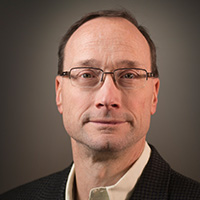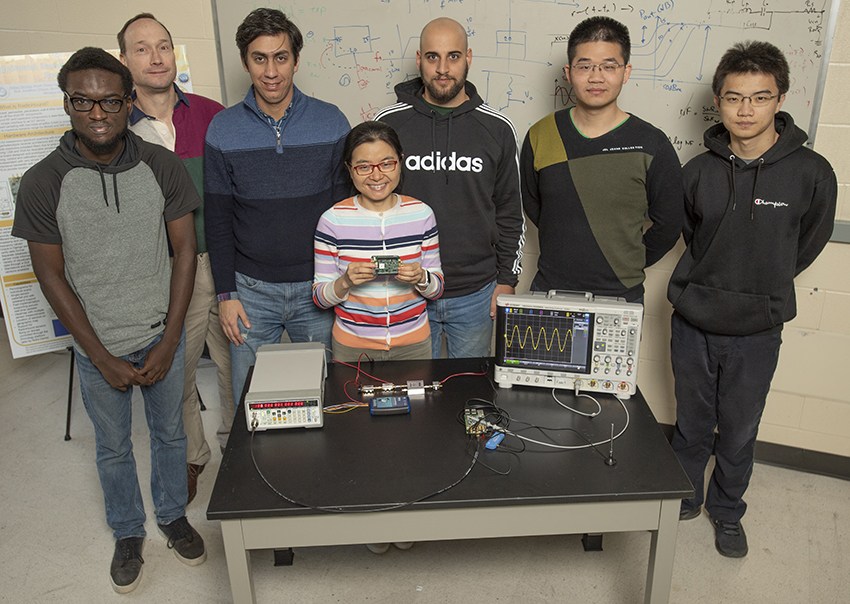Hochwald: From Neighborhood DJ to Distinguished ND Professor
October 20, 2020
Professor Hochwald designed his own transmitter using an available FM radio station when he was a child. Instead of sleeping, he would broadcast his favorite music from his record collection (notably, Peter Gabriel and Led Zeppelin) every night after 10 pm for the neighbors to tune in and listen. In high school he spent his afternoons fixing televisions in a local repair shop. It is through these experiences where his interest in wireless communications and electrical engineering began.
Hochwald graduated with a Ph.D. in Electrical Engineering from Yale University. He then joined the University of Illinois at Urbana-Champaign as a postdoctoral visitor and visiting professor. Afterward, he joined Bell Laboratories in Murray Hill, New Jersey, a world-class research laboratory at the time. Much of his time there was spent working on research problems in wireless communications. In 2005, he joined Beceem Communications, a start-up company in California. There was great potential to influence the next generation of wireless at the time: 4G LTE, which is in common use today. He became a Vice President of Systems Engineering, as a developer of integrated circuits. The company struggled in its early days and during the 2008-2009 financial crisis, but by late 2009, Beceem had hit a successful niche. “In 2010, an opportunity to join Notre Dame became available and I thought that this was a great time to enter academia, after having been at a successful start-up,” says Hochwald.

Hochwald is currently Frank M. Freimann Professor of Electrical Engineering at Notre Dame, co-director of Notre Dame’s Wireless Institute and has been named a 2019 National Academy of Inventors Fellow. He has 44 patents and 97 publications in the field of wireless communications that are now mainstays of communication theory and practice today including differential multiple-antenna methods, linear dispersion codes and multi-user precoding methods. Besides teaching, he is currently working on communication systems, specifically wireless, with a focus on system analysis as well as radio-frequency circuit design.

RadioHound, a distributed spectrum sensing platform, was started by Hochwald and other ND faculty in 2016 and is sponsored through collaborative industry/government research grants. The Wireless Institute specializes in enabling and supporting such collaborative platforms. This project “has been a great teaching and research tool for undergraduate and graduate students. It has been the source of extensive research funding, and we hope it will be a key part of a spectrum center being proposed at the university in 2021.” The RadioHound project has utilized the efforts of more than a dozen students over the last four years and will continue to provide research opportunities at a variety of technical levels for another generation of students. His dedication for making an impact on his students’ careers is clear, “I am hopeful that the graduate students in my group, who have been very productive, are inspired to launch their own research or start-up careers when they graduate.” In terms of research, he believes that wireless communications is still in its infancy, and if everyone understood their smartphones a little better, they would all want to design their own.

